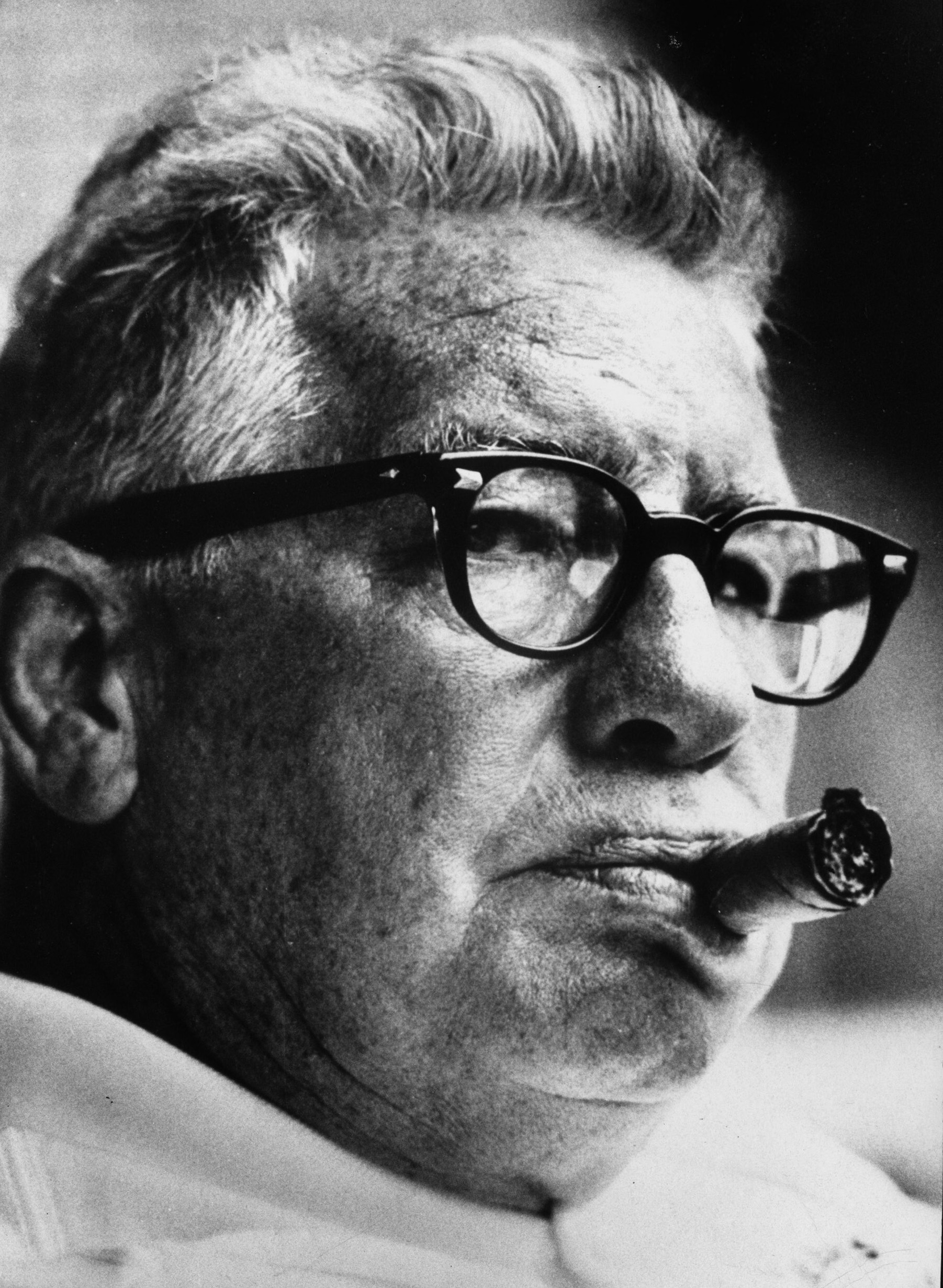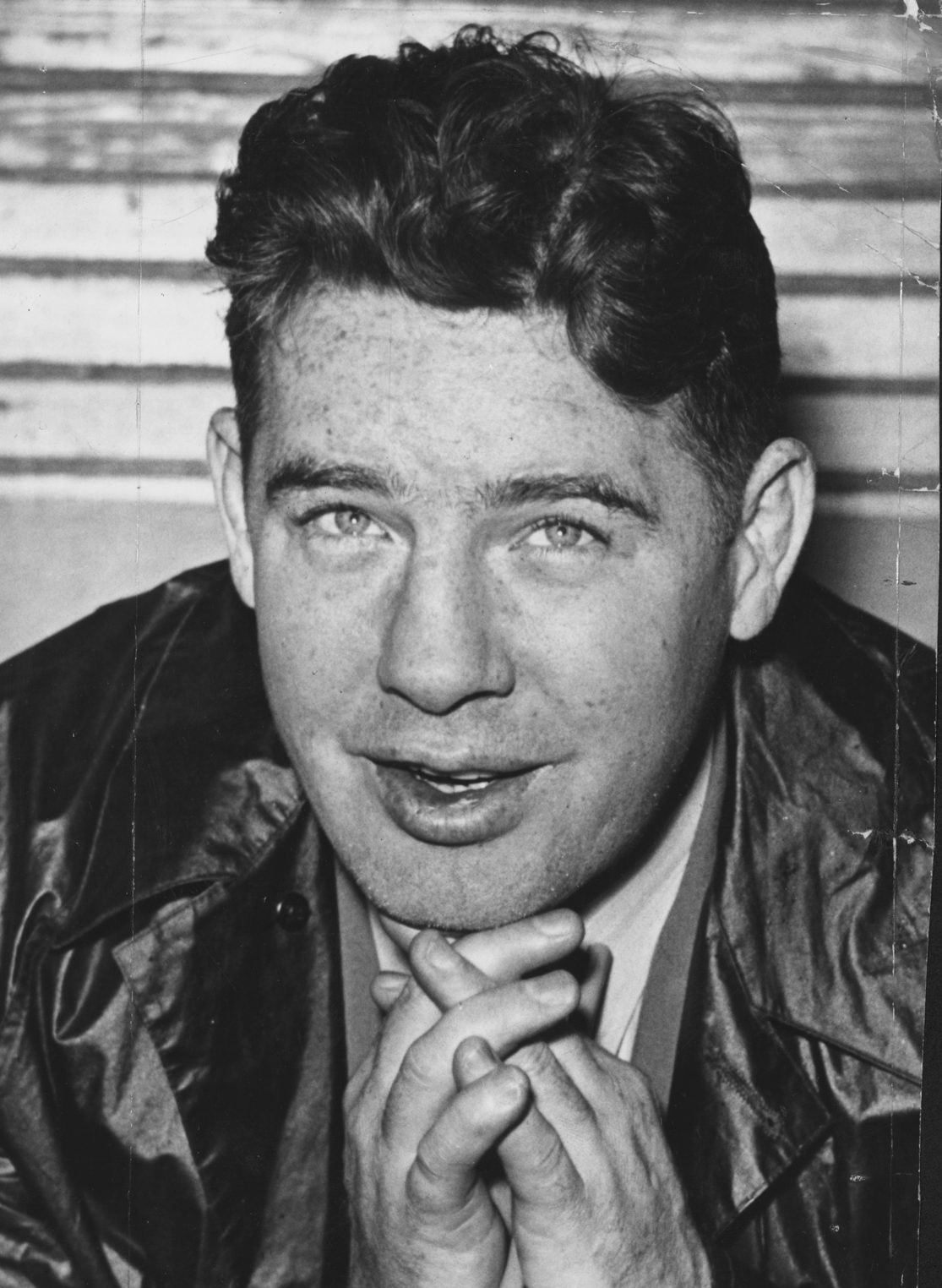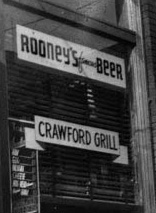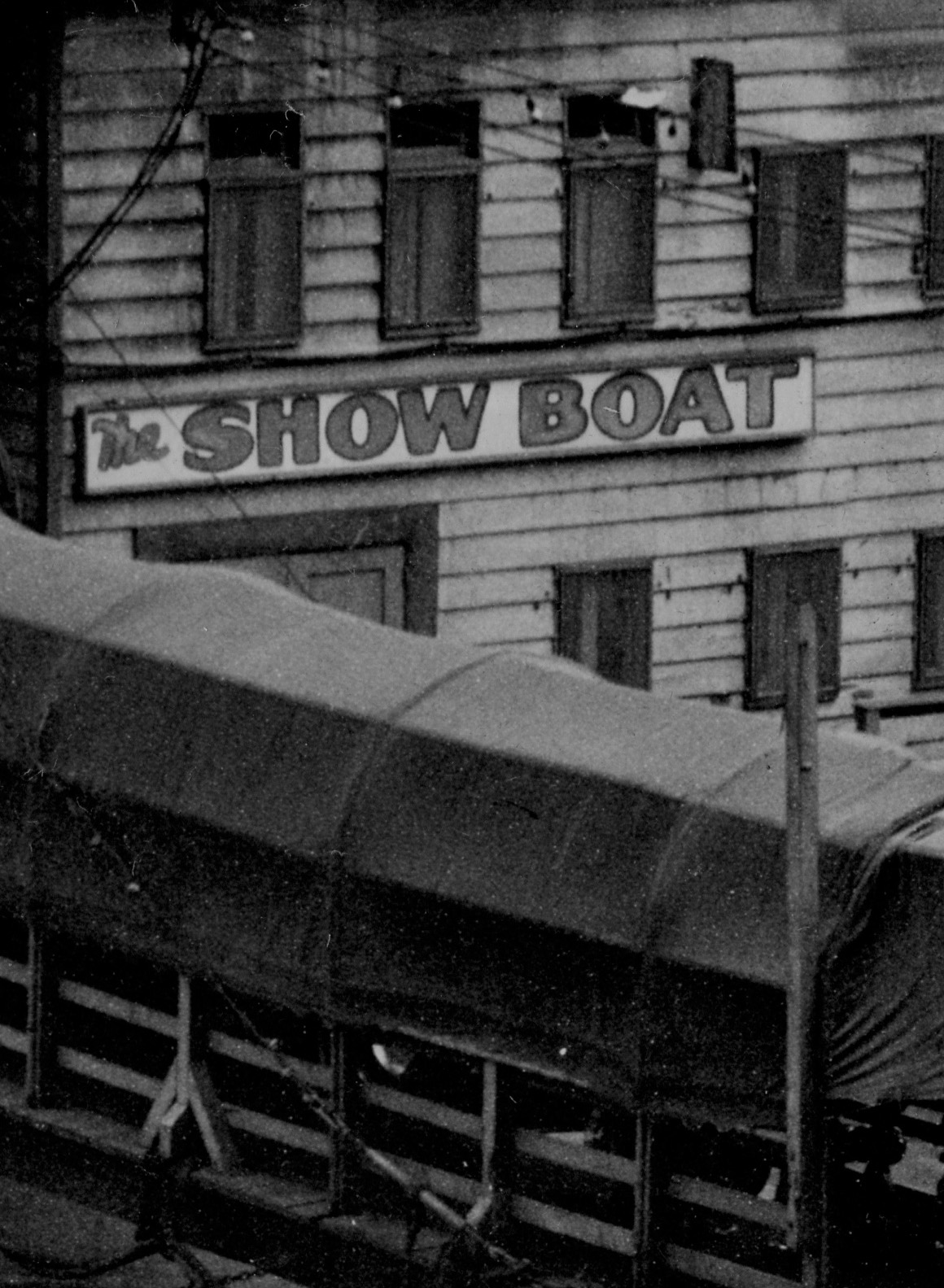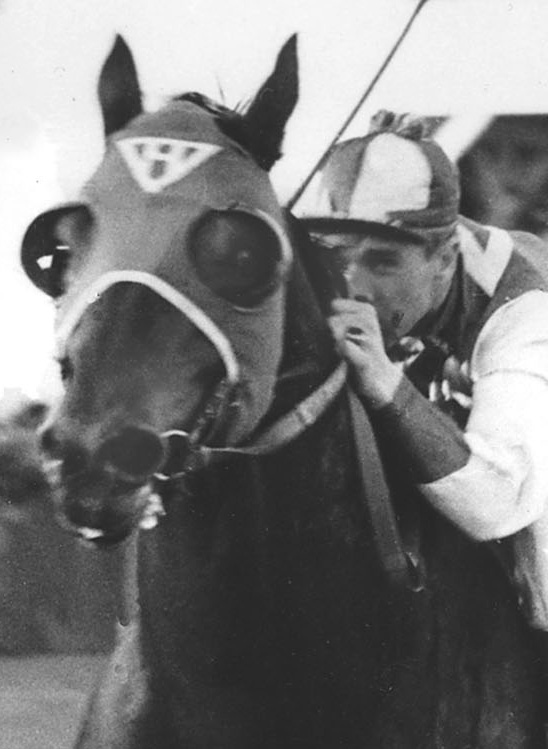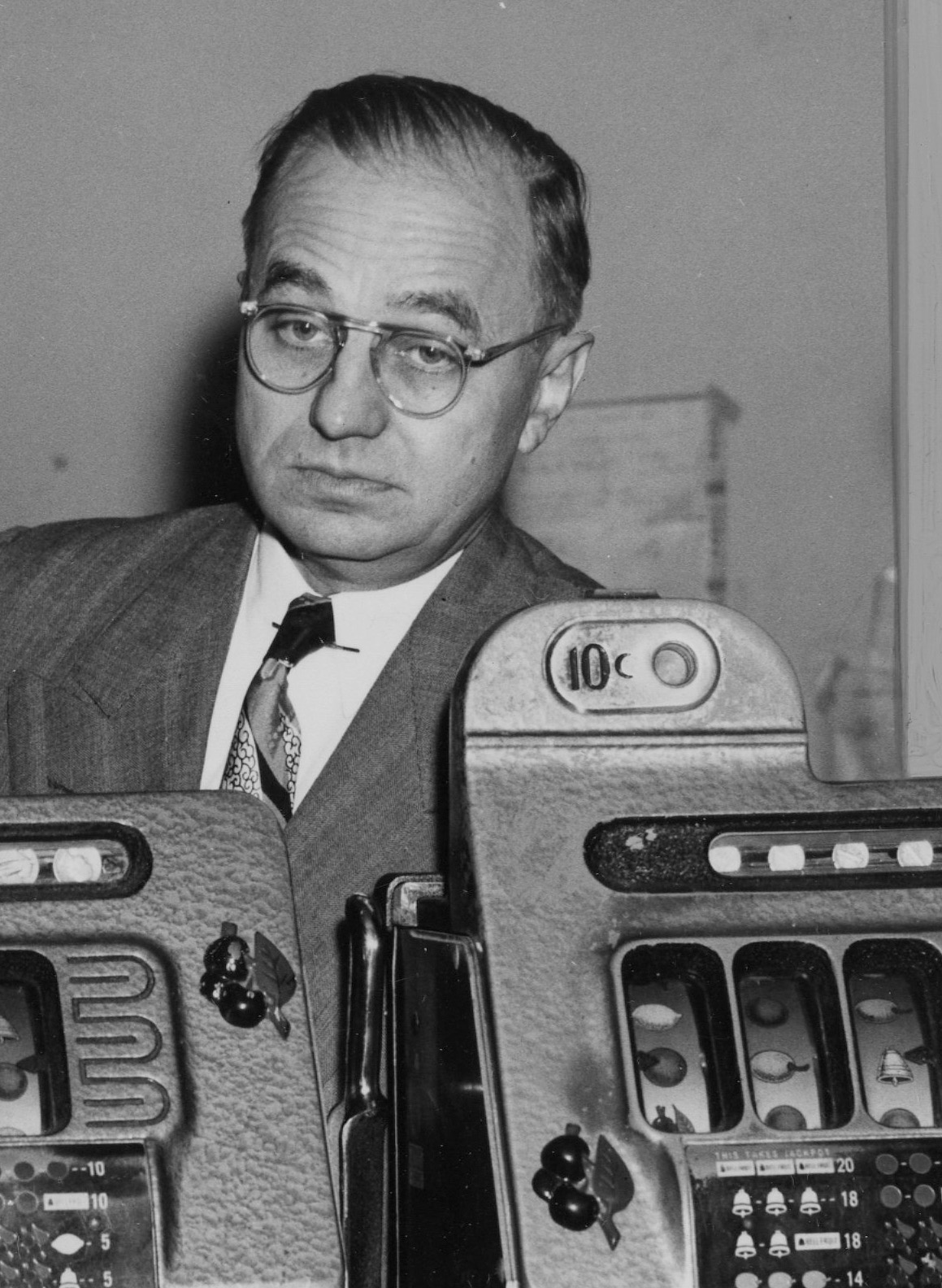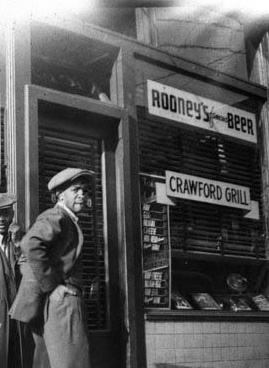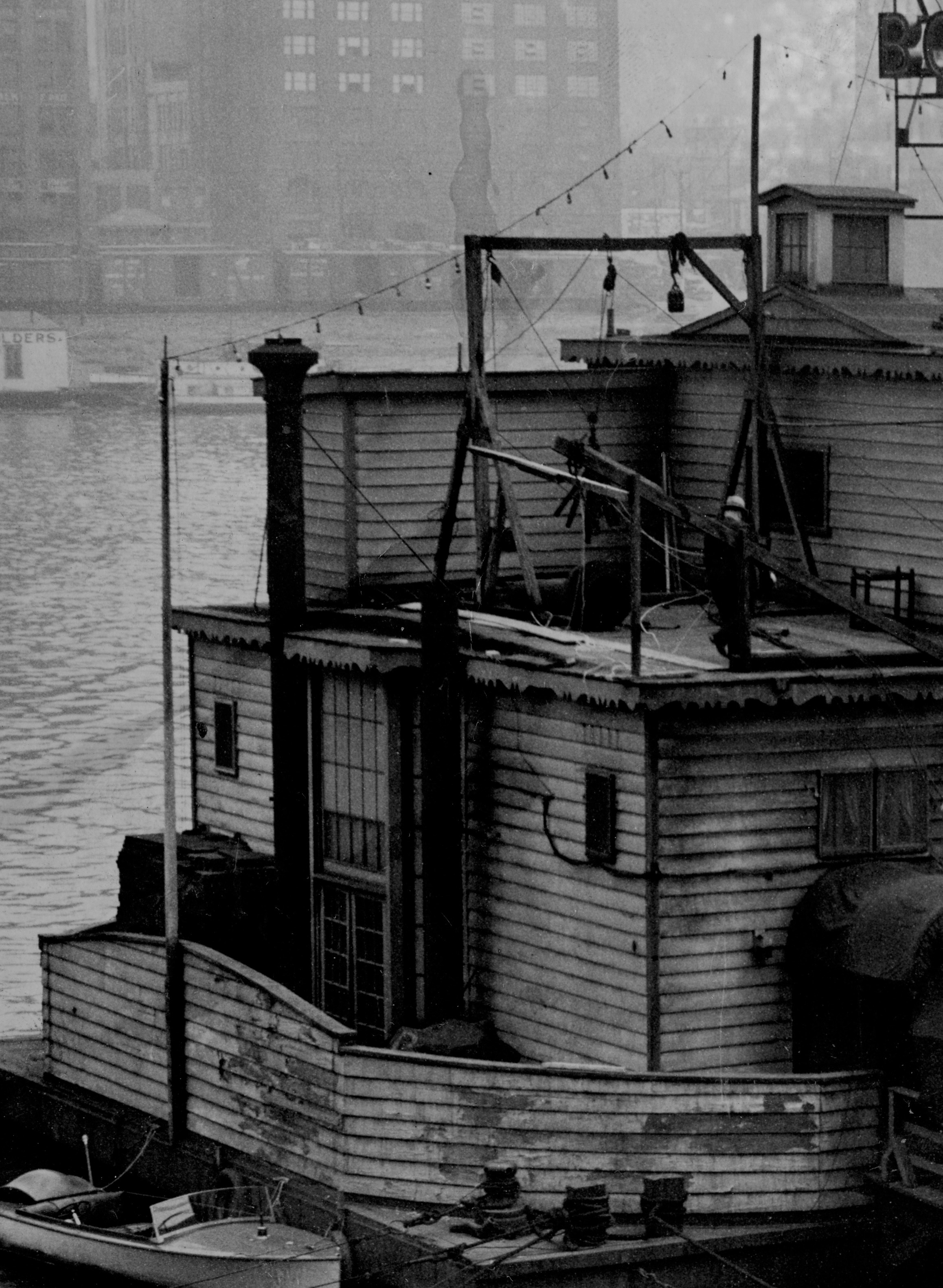For members of the Rooney family, it was a risky investment in the throes of Prohibition: $100,000 — the equivalent of $1.7 million today — to buy the Independent Brewing Company in Braddock
Half the money was in cash, and the rest financed by a $50,000 mortgage from Independent’s former vice president, with 50% of the loan to be paid back in just a year, according to county land records.
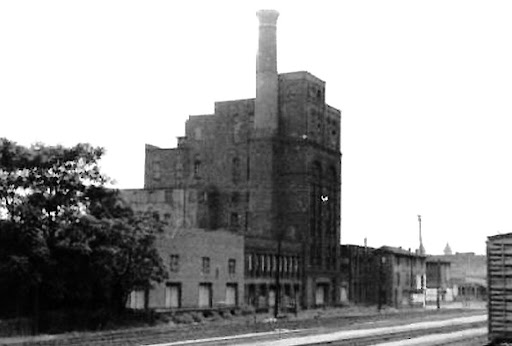
Art's father, Daniel, bought the site with his friend, Edward McKeown in the 1923 deal. Then Art and two others formed the Home Beverage Co., which became the brewery’s new name.
The large purchase demonstrated the risks the 22-year-old Art was willing to take that defined his deal making in the decades to follow and to make his mark at a time federal agents were already cracking down on illegal breweries.
Because of the national ban on alcohol, the brewery was legally restricted to making so-called “near-beer” with less than one-half of one percent of alcohol, or sugary sodas.
Given that, exactly how the Rooneys thought they could make their massive investment became clear just a couple months later.
On the afternoon of Feb. 28, 1924 — less than six months after the Rooneys bought the business — two Prohibition agents said in federal affidavits that they tried to get into the brewery. Even though they could tell it was open, they were denied entry for 30 minutes before they found a way in through the back door near the railroad tracks where empty barrels were being hauled from a railroad car and placed inside the facility.

There were about 20 men working there, including Henry Sutter, brewmaster, and Thomas McKeown, manager.
The agents found 3,244 barrels worth of brew in vats that all tested well over one-half of one percent alcohol — making it illegal, federal court records show. Another 125 barrels in one tank was found below one-half of one percent.

Sutter and McKeown admitted while the company had applied for a near-beer permit in December, the permit had not yet been approved, and they had intended to dealcoholize all of the beer before selling it to customers.
Despite that explanation, the raid shut the plant for more than a year while Rooney and his fellow owners fought the findings in court.
The Rooneys and their partners argued that brewing the beer was something their attorney had told them they could do while their permit to brew near-beer was pending — an obvious mistake they later admitted in federal court.

On May 1, 1925, a federal judge dismissed the 1924 federal lawsuit filed against the brewery and its officers, ruling there were “no further violations of the restraining order” that had shut the plant down.
The brewery executives applied for another near-beer permit, and after having to post a $10,000 surety bond to ensure they didn’t violate the law again, they were allowed to reopen later in 1925.
It was not long before the “dry agents” were back.
On Saturday, May 21, 1927, Robert B. Young, chief of brewery control in the region, came by for a surprise inspection that turned into a raid.
He testified in federal court that he had to scale a 10-foot fence to get into the office building because it was locked at 5:30 p.m. After he opened a gate for the other agents, they walked through the building to the racking room and came upon Sutter, still the plant’s brewmaster, as two other men in the room were rolling barrels to the platform outside.
“He sort of seemed dumbfounded. I showed him my badge and told him that I was Mr. Young and was a federal officer,” Young testified in federal court. “He said, ‘I am sorry this is the first time you have been here, and under these conditions.’”

Young and other agents who came to the brewery again found illegal, high-test beer, this time in barrels waiting to be shipped.
Clair Moss, an attorney in the Prohibition Department’s Revocation Section, was part of the inspection and testified in court: “I asked Mr. Sutter why he was putting the high test beer out in violation of the terms of the permit and the National Prohibition Act and he said, ‘Yes, I know it is wrong, but I have a job here and I am compelled to put out this beer or it means my job.’”

“I asked him how many times the brewery violated the law and he said it was quite some time before, since they had put out high test beer.”
Sutter would deny saying that.

During court testimony he said no one told him to violate the permit, had never done it before, and he decided to make the high test beer merely to “keep it myself and then give some to the rest of the boys who needed money.”
Brewing wasn’t just a job to Sutter.
He had been a brewer for 20 years after first apprenticing at a McKeesport brewery when he was 16. During the Braddock raid he stayed in the brewery, never going outside, “because I didn’t want to see them dump the beer.”
He was charged with violating the Prohibition law, along with two other brewery workers, and eventually fined $200.

Sutter’s role as the fall guy for the brewery was spelled out shortly after the raid.
A week later, on May 27, 1927, Art Rooney signed a sworn statement for the court that as a stockholder of Home Beverage, Rooney “had no knowledge of any violation of the National Prohibition Law or any other law of the United States or of the State of Pennsylvania. That if there were any violations of the National Prohibition Law, it was done without the consent, knowledge or approval of said corporation and its officers.”

The defense of blaming the brew master, and trying to absolve the owners of any blame, failed.
On July 6, 1927, the State Alcohol Board in Harrisburg revoked Home Beverage’s permit and ordered a forfeiture of its $10,000 bond.
In a ruling on appeal by Rooney and his fellow owners, a county judge said in his written decision on Feb. 15, 1929, that blaming Sutter would not work with him: “This is a common argument advanced by all such violators of the Prohibition law. If it could be successfully used, it would render enforcement of the law impossible … In this case it is not hard to read between the lines and see that the employee is simply trying to shield his employers and the officers of the company.”
The Rooneys would not be allowed to reopen the brewery legally while Prohibition was still in effect.

But with the ban on alcohol about to end, in August 1933, a newly formed company, General Braddock Brewery — again headed by Thomas McKeown and Daniel Rooney — bought out Home Brewing Co. for $1.
To get the brewery going, Art Rooney loaned his dad $129,501.88, with half of that due in one year and the rest to be paid at 6% interest, according to county land records.
What is remarkable about that loan — the equivalent of $3 million today — is when it was made: 1933 was the worst year of the Great Depression when 25% of the country was unemployed and half of the banks had failed.
Despite ownership of a just-formed professional football team with no real profit, Art managed to come up with a staggering amount of money to try to restart an old brewery that was supposed to have been closed for six years.
Still, the Rooneys could not make it work.

Even with the end of Prohibition, and high-test beer about to become legal come Jan. 4, 1934, General Braddock was about to fail.
One of its vendors, Carl Ulman Co., which had sold General Braddock malts and hops, filed to move the brewery into receivership because it was owed $5,800 and had not been paid in months.

Daniel Rooney admitted in a reply that Ulman Co. was right, and General Braddock owed about $50,000 in back wages and bills that it could not pay off.

A U.S. District Court judge appointed a receiver, R.J. McDonald, to run the plant. From January to October, the receiver tried to bring it back to profitability, continuing to brew and sell its Old Lager, Braddock Pilsner and India Pale Ale. The brewery put out snappy ads that highlighted the 5% alcohol content of its beer, saying in the ads: “Made its way by the way it’s made.”
But nothing could make it profitable.
In October 1934, McDonald asked the court to let him shut the plant down because, as he wrote in a petition to the court, he “has been unable, because of competitive conditions, taxes and labor costs to operate said property profitable and that in the opinion of your receiver, the same cannot be operated without incurring a continual loss.”
The judge granted the request in November, and the plant was put up for sale to at least cover the $5,000 in back taxes and water fees it owes going back to 1932.
The Rooneys wouldn’t give up.

In April 1935, in what appears to have been a prearranged deal, a prominent local real estate investor, Abraham Comensky — who had previously started a legal drug pharmacy in 1921 with longtime Rooney associate Milton Jaffe’s brother, George — stepped up to buy the brewery for $5,000.
Three weeks later, Comensky sold the brewery back to General Braddock Brewery Corp. and the Rooneys for $1.
For the next two years, the Rooneys made their last real go of it, brewing and selling “ROONEY’S FAMOUS BEER” that was “THE PEER OF ALL BEERS,” as its ads read.
It wasn’t enough. On July 12, 1937, owing $54,000 to creditors, the brewery was put up for sheriff’s sale and sold for $12,000, this time to a non-Rooney stand-in.
The sale ended the Rooneys’ 14-year effort — both legal and illegal — to make money off the brewery. It would be the only time Art Rooney would ever be tied directly and publicly to an illegal venture.
Art’s luck didn’t stay down for long. Two weeks after that sheriff’s sale, he showed up at a horse race track in New York — the first of three amazing days of winning horse bets that would become known as Rooney’s Ride, earning him at least $300,000 in winnings and making him a national celebrity.
Reporter: Sean D. Hamill: shamill@post-gazette.com or 412-263-2579 or Twitter: @seandhamill
Development: Laura Malt Schneiderman: lschneiderman@post-gazette.com

